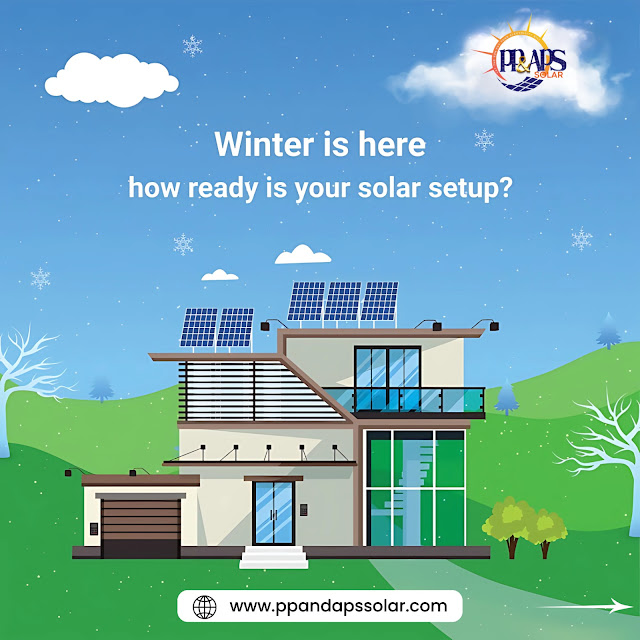
As the temperatures drop and the days get shorter, winter presents unique challenges for solar energy systems. While solar panels are designed to withstand various weather conditions, ensuring your setup is optimized for the season can make a significant difference in performance. At PP and APS Enterprises, we want to help you maximize your solar efficiency and keep your energy supply steady throughout the colder months.
The Impact of Winter on Solar Energy Production
Winter doesn’t mean your solar panels stop working. In fact, they can still generate power efficiently. However, shorter daylight hours, snowfall, and lower sun angles can reduce overall energy production. Understanding these factors can help you take the necessary steps to maintain a reliable power supply.
Key Winter Challenges for Solar Panels:
- Reduced Sunlight Hours – Fewer daylight hours mean less time for solar panels to generate energy. Proper energy management is essential to compensate for this.
- Snow Accumulation – Heavy snowfall can cover panels and block sunlight. While most panels are installed at an angle that allows snow to slide off, occasional clearing may be required.
- Cold Temperatures – Surprisingly, cold temperatures can improve solar panel efficiency, as they perform better in cooler weather compared to extremely high temperatures.
- Cloud Cover – Overcast skies can limit solar energy absorption, requiring a backup energy source or efficient battery storage.
How to Prepare Your Solar Setup for Winter
Here are a few essential steps to keep your solar system running smoothly all winter long:
1. Keep Your Panels Clean
Snow, ice, and debris can block sunlight. A light sweep with a soft brush or using a roof rake can help keep your panels clear. Avoid using sharp tools that could scratch the surface.
2. Check Your Battery Storage
A reliable battery system ensures that excess energy is stored and available when needed, especially on cloudy days. Make sure your batteries are fully charged and in good working condition.
3. Optimize Panel Angles
Adjusting the tilt of your panels to a steeper angle can help them absorb more sunlight and shed snow more easily.
4. Monitor Your System Regularly
Invest in a solar monitoring system to track energy production and detect any performance issues. Regular maintenance and timely inspections can prevent bigger problems down the line.
5. Have a Backup Plan
Consider having a backup generator or connecting to the grid as an emergency energy source. Hybrid solar systems that integrate battery storage with grid support can offer a seamless power supply.
Trust PP and APS Enterprises for Your Solar Needs
Winter might be here, but that doesn’t mean your solar system has to struggle. At PP and APS Enterprises, we specialize in providing high-quality solar solutions, maintenance services, and expert guidance to keep your setup running efficiently all year round. Whether you need system upgrades, battery storage solutions, or professional advice, we’re here to help.
Don’t let winter slow you down—get in touch with us today and ensure your solar setup is winter-ready!
